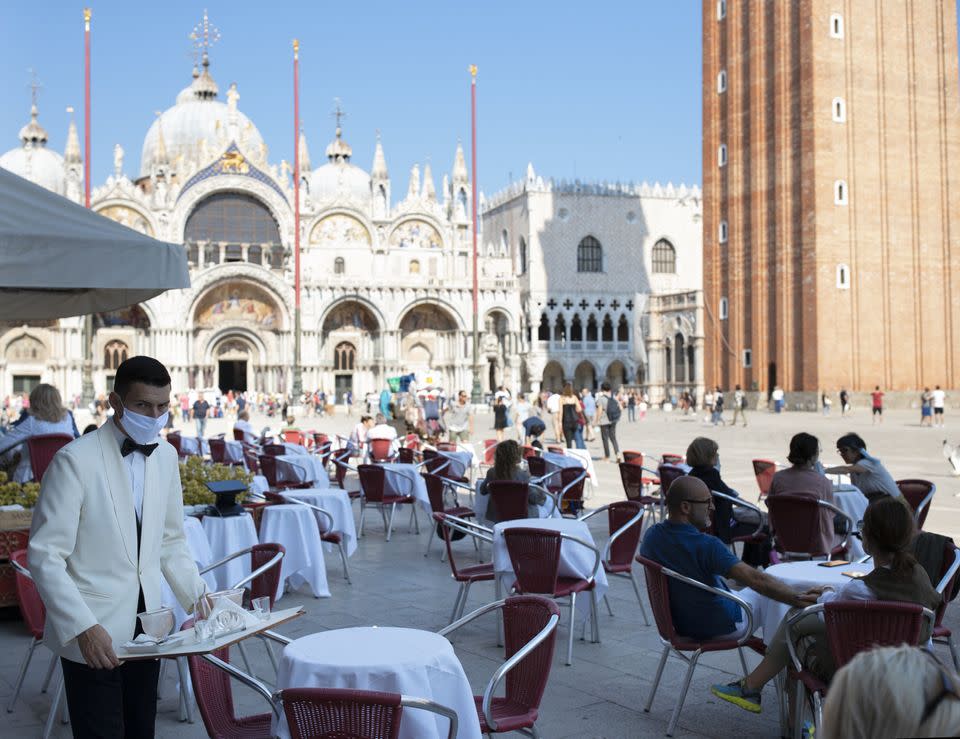What Italy’s Post-Lockdown Life Reveals About The New Normal
When Italy locked down the entire country in early March in response to the coronavirus pandemic, shuttering businesses, closing borders to foreign visitors and largely confining 60 million people to their homes, major cities transformed into ghost towns virtually overnight.
Not only were the usual tourist haunts deserted — the Trevi Fountain in Rome, the Rialto Bridge in Venice — but even neighbourhoods normally frequented by locals became disturbingly quiet.
Now, however, two months since lockdown began to ease, some of the basic rhythms of normal life are beginning again. In Venice, the Piazza San Marco is no longer empty. Beaches around the country are opening for the summer holiday season. Professional soccer is back — although without fans packing into stadiums.
It’s quite a turnaround for a country that, after initially underestimating the seriousness of the coronavirus outbreak, became the epicenter of the pandemic in Europe, standing as a warning to the United States and other nations about the consequences of inaction.
The toll has been significant. Since March, Italy has recorded nearly 250,000 coronavirus cases, and 35,000 people have died. The number of infections and deaths has fallen rapidly in recent weeks, however. On Thursday, Italy’s Civil Protection Agency reported just 296 new coronavirus infections, most of them in the hard-hit Lombardy region, and 34 deaths. That’s a sharp contrast with the U.S., where the number of coronavirus cases has been rising sharply in more than 20 states.
Having managed to flatten the infection curve sufficiently, Italy began lifting its lockdown restrictions in May and reopened its borders to visitors from other EU countries at the beginning of June.

For a country whose economy is heavily reliant on tourism — the sector accounts for 13% of Italy’s GDP and the nation welcomed 60 million visitors in 2019 — there have been some encouraging early signs. In Venice, when the Doge’s Palace reopened two...



